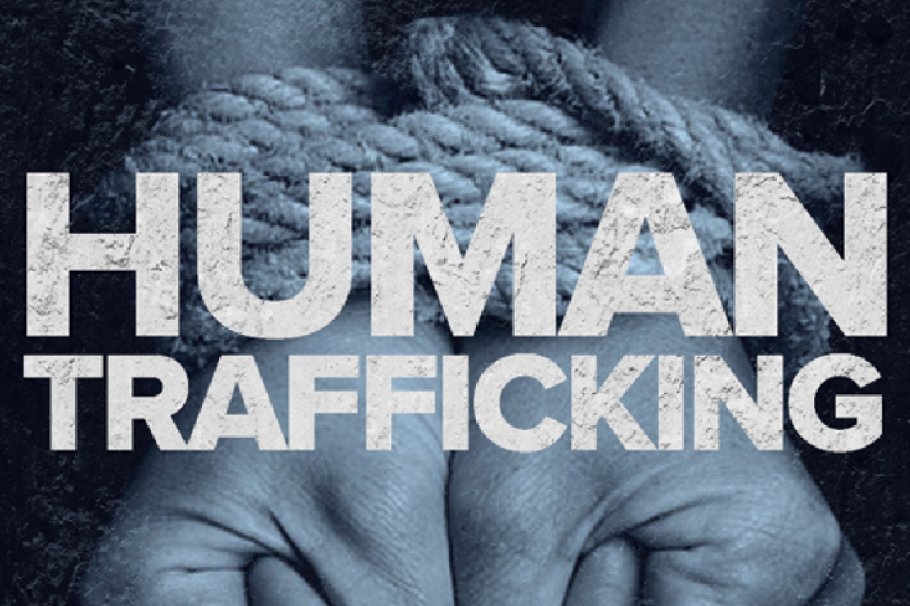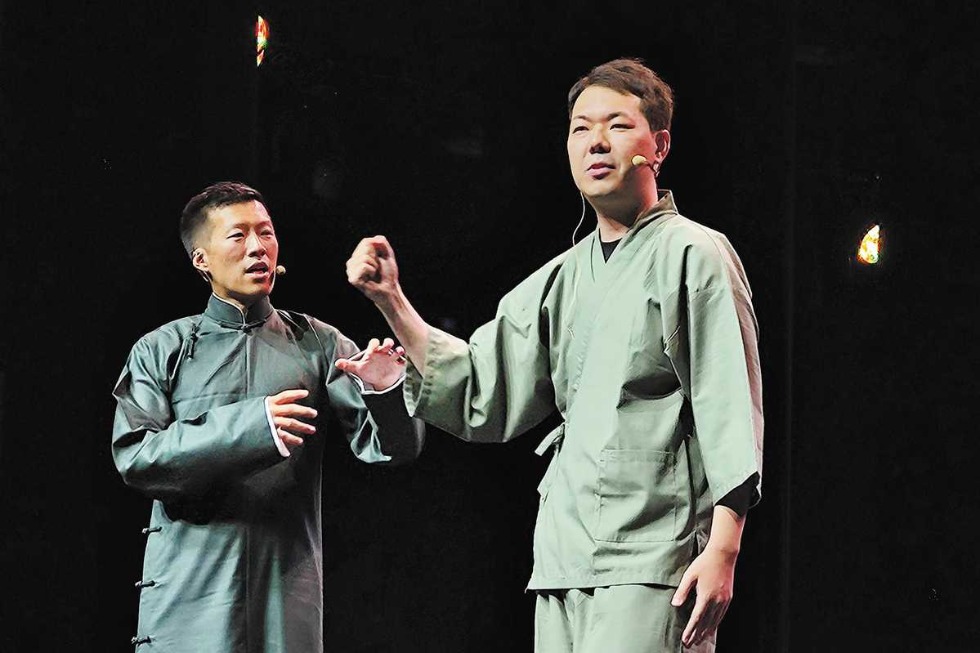Underconsumption trend strikes chord


When civil servant Marsha Ho started working five years ago, she began shopping as a way to treat herself regardless of her mood.
The habit evolved into scrolling mindlessly on shopping apps such as Carousell for one to two hours daily.
She quickly accumulated a collection of 30 pieces of apparel, shoes and bags she did not need and chucked them into what she called a "death pile".
The 30-year-old said shopping excited her but she "was left with an abundance of stuff and regrets" after it.
"I asked myself: 'Why did I bring this item home?' The pile was so overwhelming, it gave me more anxiety and stress."
This led her to embrace an "underconsumption core" social media trend, in which she focused on buying less, decluttering and using items she already had.
She is among a group of young people in Singapore participating in the viral trend that spotlights frugality and living sustainably. Adherents are encouraged to maximize using what they have and to buy only what they need.
One major social media platform reflecting the trend can boast more than 39 million views worldwide. Instead of posting large hauls of clothing and beauty products, users are posting videos of their well-used everyday items and downsized skin care collections.
The rise of the trend can be linked to the challenges Generation Z and millennials face today, including mounting economic pressures and environmental concerns.
In Singapore, more than nine in 10 citizens report feeling the impact of the rising cost of living. The top two ways to cope with this are keeping to a fixed budget and deferring purchases until prices become affordable.
As part of her New Year's resolution, Ho committed to spending only on necessary purchases, embracing what is popularly known as the "no-buy challenge".
The challenge involves creating a list of nonessential items one pledges not to buy for a period of time and documenting it on social media.
Ho's list included clothes, makeup and jewelry, but she allowed herself to spend on daily necessities, movies and gifts, among others.
Since she started the habit in January, she has estimated saving between $100 and $150 monthly and now channels the time she would have spent on shopping on hobbies such as crocheting and reading.
"I told myself that the desire and happiness of buying something new is fleeting. Besides, I have a lot of beautiful things and I should appreciate them," Ho said.
"Before the challenge, I wanted to buy things instantly and was driven by sales. But now, I have become a more thoughtful and logical shopper. It was a reset that I needed."
Balancing act
Aaron Chwee, head of OCBC Bank's wealth advisory, said he is happy to see this trend, which differs from others that encourage spending, such as "buy now, pay later" plans.
He said: "Cutting down on unnecessary expenses which can be deployed to savings or investments to build funds for the future is a good foundation for financial planning. In addition, living sustainably and using what you have are virtues and are better for the planet."
Seshan Ramaswami, associate professor of marketing (education) at Singapore Management University, said that when making their lists, participants would be more conscious of why they are buying things. They may then realize that some purchases are to escape from deeper emotional issues, and find healthier ways to address them instead.
But Chwee cautioned that excessively depriving oneself of spending could lead to binge spending.
He said: "While it can be cool to push oneself to the limit … there should also be a balance between having common sense and taking challenges to the extreme.
"You will need to be careful about pushing yourself beyond what you can mentally and materially tolerate."
He suggested that people set aside some money each month to spend guilt-free, after putting aside money for other financial goals.
Chwee added that compulsive spenders should follow a 50-30-20 rule, in which half their income goes toward daily necessities and needs, 30 percent toward their wants and pleasures and 20 percent for a rainy day.
They can also enlist the help of an accountability partner, who can tell a person if a challenge has gone too far and provide support when old spending habits resurface.
They can also use digital tools, such as those in banking apps, to help them in budgeting and controlling impulsive spending.
Otherwise, Chwee said one can find something else to do for an emotional high that does not require consumption, such as running or a sport, or seek a therapist for one's compulsions.
Ramaswami said the underconsumption trend could be a bane for retailers, whose profits are closely tied to consumer spending, but it could also create other business opportunities.
Companies involved in repairs, secondhand goods, spare parts, and do-it-yourself versions of mass-produced products could benefit from this shift in consumer behavior.
Ho said she would do the challenge again, having learned important lessons from it.
"The experience taught me to better value my time and money," she said.
"Before, I had found instant gratification in shopping, but I now find spending on worthwhile and long-lasting items more fulfilling."
THE STRAITS TIMES, SINGAPORE


































